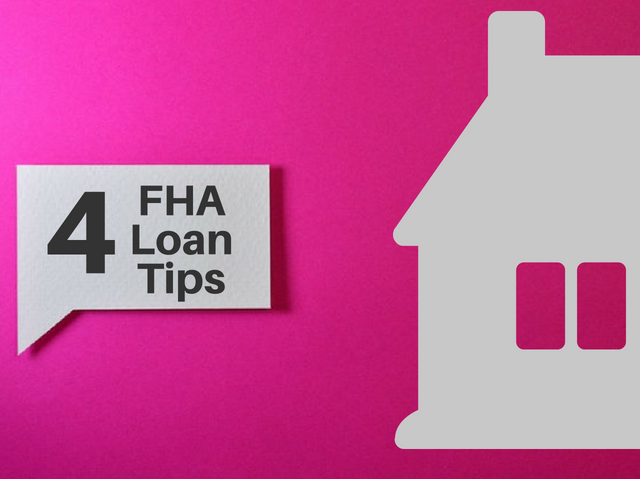Thinking of using a Federal Housing Administration (FHA) loan to purchase a house? If you have decent credit scores and low debt—but don’t have the 20 percent down payment—this government-backed loan will allow you to put down as little as 3.5 percent. But you’ll want to do your homework and weigh the pros and cons to determine whether an FHA loan is truly the right option. Here, Realtor.com shares four things you should know before signing on the dotted line.
-
You must pay mortgage insurance for the life of the loan
Mortgage insurance is typically required when the buyer isn’t putting down 20 percent. You might know it as PMI, or private mortgage insurance; the FHA’s version is called MIP, or mortgage insurance premium. The buyer must pay monthly mortgage insurance to protect the lender in case of a default on the loan. Note: You used to only have to pay this mortgage insurance on an FHA loan only until you gained 20 percent equity in your home. Under legislation passed in 2013, however, you can plan on paying that extra money for the life of the FHA loan. (You can forego this requirement if you put at least 10 percent down.) Eventually, your monthly payments will decrease as you pay down your loan amount.
-
You can’t buy just any house within your approved loan amount
The FHA has a few more requirements than conventional loans when it comes to getting approved for the loan. The house you decide to purchase must pass an inspection conducted by the U.S. Department of Housing and Urban Development. A licensed, HUD-approved appraiser will determine the market value of the home and complete a health and safety inspection to check for significant issues, including a crumbling foundation or problems with the mechanical systems. Note: This inspection is not a substitute for a regular home inspection, which you should absolutely get as well. In addition, if the home requires certain repairs to pass inspection they must be completed before the sale can go through. This can create another hurdle for FHA buyers: You either spend money to make the repairs or ask the seller to take on the cost.
-
You might not be able to use your loan for renovations
Found a house that has potential but needs some serious TLC? You will want to make sure that the type of FHA loan you sign on to allows for renovations. An FHA 203(k) loan will allow you to purchase and repair a fixer-upper. With a 203(k) loan, you can dedicate up to $35,000 for home improvements. The lender will have a say in what kinds of repairs you can make, but the 203(k) loan can be a great solution for first-time homebuyers who don’t mind doing a little work.
-
You still need decent credit for an FHA loan
Buyers must have a 580 credit score to take advantage of the 3.5 percent down payment option, and lenders sometimes require a credit score of 600 or higher to qualify. The FHA also has specific requirements about how much debt you can carry, so check current guidelines to ensure that your debt is manageable according to the government.



